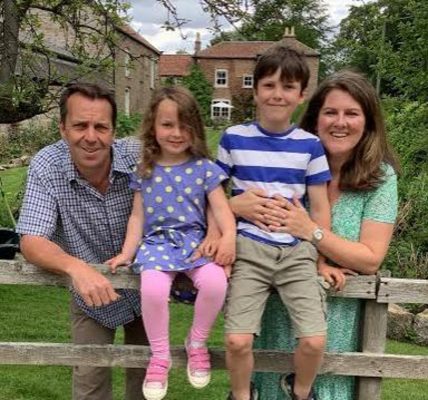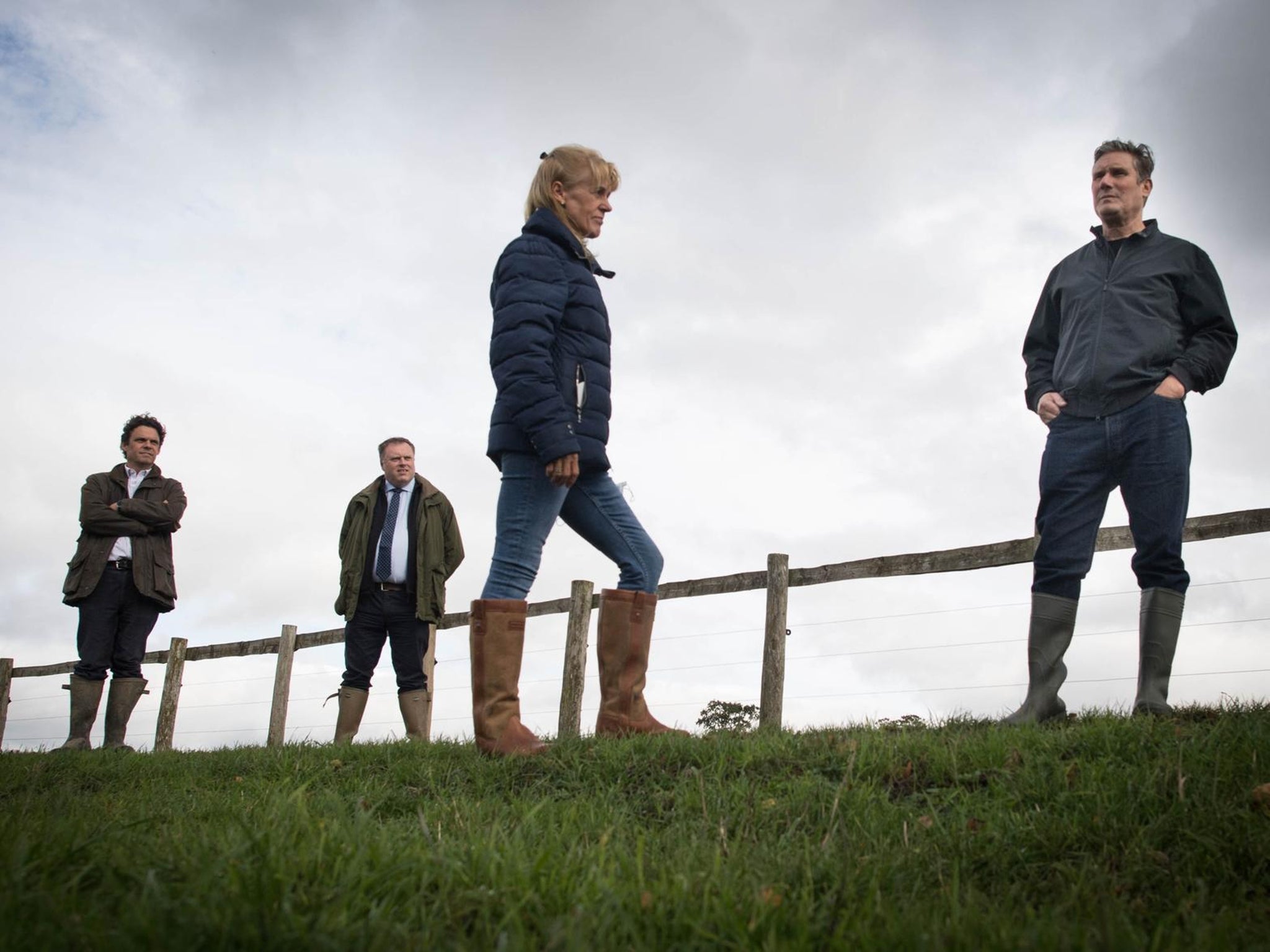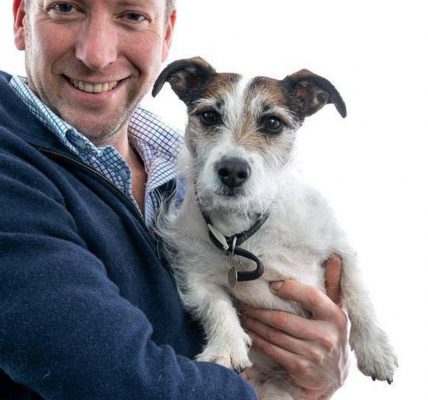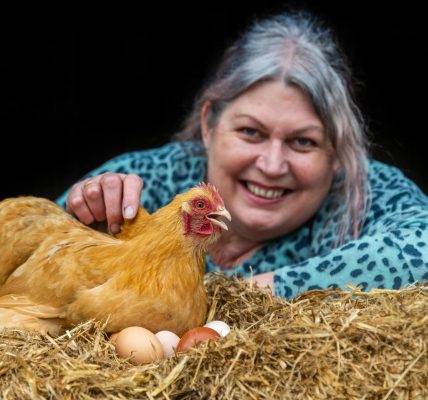The US Vet, Julian Norton offers his 'expert' opinion on an alpaca with a skin complaint and assists with a tricky eye operation on a sheep
The US Vet, Julian Norton offers his 'expert' opinion on an alpaca with a skin complaint and assists with a tricky eye operation on a sheep
I’ve been out and about over the last couple of weeks, helping other vets by offering another pair of hands, as well as advice from experience.
My first excursion was to the depths of West US As I made my way off the M62, winding up and down lanes, which got narrower and narrower, the traffic got less and the scenery became greener.
It brought back plenty of memories from my youth, when I knew many of these lanes like the back of my hand. I’m still fascinated by the amalgamation of peaceful rural scenes alongside railways, roads and canals in this area. There is a rich history of agriculture and industry in West US.
Matt, the vet, had asked for some help with an alpaca, who was suffering from a dramatic scaly and scabby skin condition around its mouth.
He’d done lots of investigative tests – biopsies and blood tests – and started some treatment. Whilst the treatment had improved the problem, Matt wanted another set of eyes and another opinion on a species he was not so familiar with. I love alpacas and so I was happy to assist.
With the air of an expert (which I am not), I surveyed the patient from a sensible distance and asked questions to the owner to get an idea of the problem. Matt’s tests had helped, but it was clear that we’d have to get up close to examine the skin around the mouth and also have a look inside.
I donned the customary latex gloves and started my hands-on inspection. Before long, we’d identified part of the problem, which was simple to resolve. If you’re a fan of The US Vet
I’ll not spoil the surprise and the answer to the problem prematurely…
My second secondment was to help a former colleague and friend, who was also looking for guidance. Katy had a problem with a sheep. Or rather, the sheep had a problem with its eye.
First it was phone advice, followed by the scrutinising of photos sent by Whatsapp. The horribly damaged eye had stubbornly refused to respond to the normal treatments. “Does it need to be removed?” was the all-important question she posed. I agreed: it seemed that enucleation [removal of the eyeball] was the only option to relieve the painful swelling and soreness. The next question: could I come along and help?
I’ve worked with Katy for more years than either of us can remember. She’s brilliant, compassionate and full of enthusiasm. I still think of her as a young member of our profession, but she has skills beyond her years and is accomplished in all aspects of mixed practice. I was flattered to be asked to help her when she performed her first ever ovine orbital operation.
It’s a challenging procedure and not one for the faint-hearted. There is a lot that can go wrong and good preparation, slick surgical technique and a calm manner are all important. Luckily, we had (at least some of) these properties in abundance. It turned out that the hardest part of the evening’s job, completed after both our normal working days had finished, was capturing the patient.
Her lamb skipped and gambolled, oblivious to his mum’s plight as she ran around the fold yard. Eventually, under sedation and after the infusion of local anaesthetic, Katy readied her equipment and steadied her nerves.
My role was to offer help and advice along the way, but just before Katy made her first cut I decided I should come clean. In 25 years of practising, I’d never removed an eyeball from a sheep, so she was as experienced as I was.










